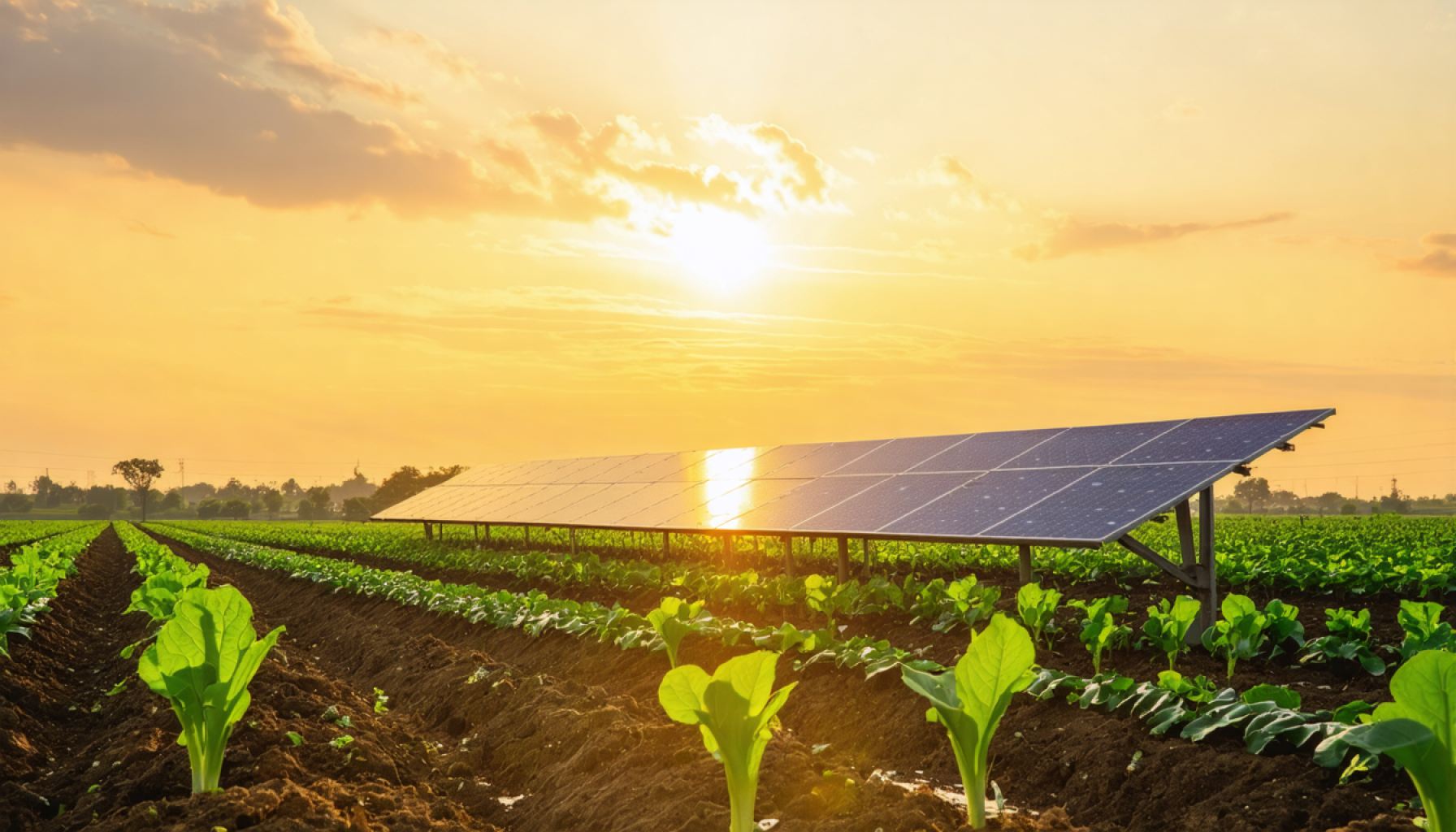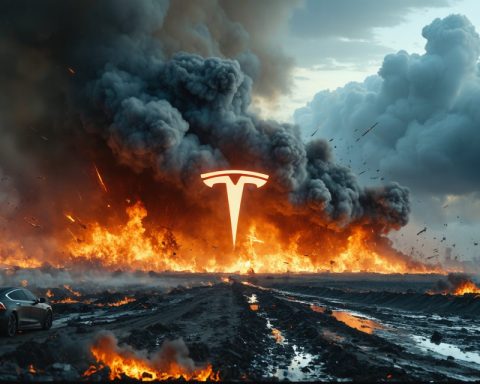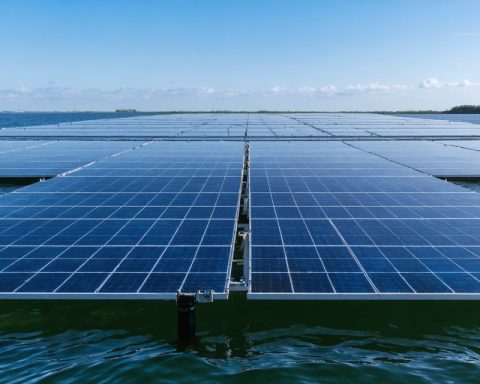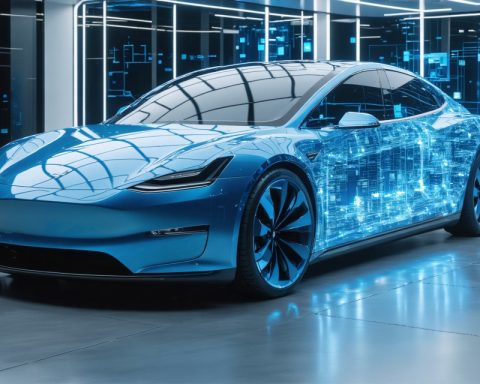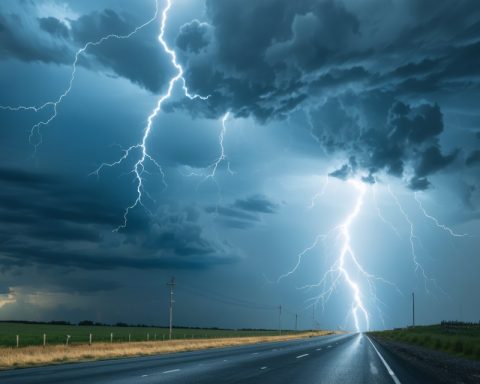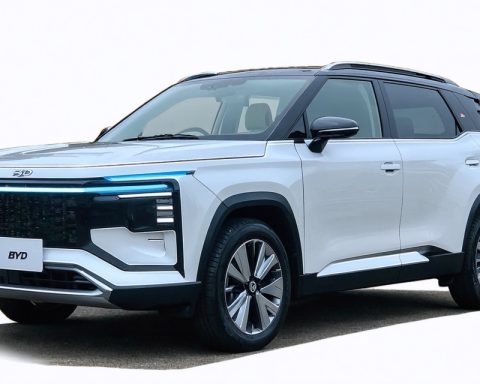- Seamus Fitzgerald from OneEnergy Renewables advocates for solar energy among Midwest landowners, emphasizing economic and national benefits.
- Solar land leases often provide higher financial returns than traditional agriculture, appealing to practical farmers.
- Solar energy transcends political divisions, contributing to nearly six percent of the nation’s energy and unifying environmentalists and libertarians.
- The solar industry faces political uncertainty and possible disruptions to tax credits vital for its expansion.
- Despite challenges, initiatives like Solar for All strive to enhance access to solar energy in underserved communities.
- Fitzgerald’s vision ties tradition with innovation, promoting solar as a sustainable and enduring American energy resource.
Seamus Fitzgerald strides confidently across the rolling fields of the Midwest, a man on a mission to enlighten landowners about the bountiful promise of solar energy. As the associate director of real estate at OneEnergy Renewables, Fitzgerald engages in persuasive dialogues with farmers, offering a compelling vision: an opportunity to transform their land into a powerhouse of clean energy and economic gain.
For those who gaze skeptically at sprawling acres of solar panels, Fitzgerald presents a compelling argument. The economics, he explains, are irresistible. Leasing land for solar projects often yields higher returns than traditional crops, a fact that resonates deeply with pragmatic landowners. Beyond the numbers, though, lies a deeper appeal — harnessing an inherently American resource, fostering a sense of national pride and independence, elements echoed in the political rhetoric of the era.
Solar energy — radiantly nonpartisan, unfettered by partisan divisions — surges forward even amidst shifting political winds. Despite ongoing debates and challenges, the numbers speak volumes: solar contributed to almost six percent of the nation’s energy last year and promises to illuminate much of this year’s growth. The technology bridges sharp ideological divides, forging connections between environmentalists eagerly clasping the future and libertarians protective of their autonomy.
Yet, uncertainty looms large. The political landscape is a capricious field where new policies can sprout or be plucked based on the administration’s whims. The scene is fraught with speculation as the industry assesses potential impacts on tax credits crucial to their expansion. Investors, like farmers pondering the change of seasons, confront a future where the path to clean energy might get tangled in bureaucratic red tape.
Nevertheless, the solar industry presses on with resilience and hope. Many projects, such as Solar for All, labor to illuminate underserved neighborhoods despite funding delays. The potential for community empowerment and equitable access to sustainable resources propels the movement forward, undeterred by temporary setbacks.
As Fitzgerald continues his journey across heartland America, he carries a message of empowerment and innovation. The solar story is not just about panels and profits; it is about forging a link between tradition and transformation, ensuring that American energy is as enduring as the sun itself.
In a time fraught with doubt, the glow of solar energy offers a beacon — a reminder of potential, unity, and an inexhaustible source of transformation.
The Untapped Potential of Solar Energy in America’s Heartland: What You Need to Know
Introduction
The journey traversed by Seamus Fitzgerald through the Midwest represents more than just a transition to clean energy; it’s a testament to the broader potential of solar power across America. Although solar energy symbolizes economic and environmental promise, numerous facets warrant further exploration to fully understand its implications for landowners and the broader community.
Additional Facts About Solar Energy’s Growth and Challenges
1. Market Forecasts & Industry Trends: The solar industry is expected to expand by 5% annually over the next decade, driven by falling panel costs and increasing efficiency rates (SEIA). By 2035, solar energy could account for an additional 20% of national electricity generation.
2. Security & Sustainability: Solar panels have an average lifespan of 25-30 years, contributing to long-term sustainability in energy generation. Post-use, panels can be recycled to reclaim materials like silicon and aluminum (U.S. Department of Energy).
3. Controversies & Limitations: Despite its benefits, solar energy faces resistance due to aesthetic concerns, land use conflicts, and the initial high cost of installation. Efficient land use and zoning laws need tailoring to accommodate both agricultural and solar production.
4. Tax Incentives and Legislation: The solar Investment Tax Credit (ITC) is critical, providing a 26% tax reduction for solar systems installed on residential and commercial properties. However, future changes in tax legislation remain uncertain, urging potential adopters to consider sooner rather than later investments to guarantee maximum benefits.
Pressing Questions and Answers
How can farmers benefit from leasing their land to solar projects?
Leasing land for solar projects can provide consistent, higher income compared to traditional farming. Contracts typically span 20-25 years, ensuring stable revenue while preserving opportunities for continued agricultural activities on non-utilized land.
What are the environmental benefits of solar energy?
Solar energy significantly reduces carbon emissions, lowers dependence on fossil fuels, and aids in reducing harmful air pollutants, thereby promoting respiratory health and combating climate change.
Is solar energy financially viable without incentives?
While incentives hasten financial return, solar projects can still be profitable due to decreasing installation costs and rising electricity prices. With technological advancements, solar becomes increasingly cost-competitive with traditional power sources.
Actionable Recommendations
– Landowners: Evaluate your land for solar potential by consulting with experts and considering the long-term income versus traditional agricultural yields.
– Policy Advocates: Continue lobbying for the extension and stability of solar-friendly policies and tax credits to sustain industry growth.
– Homeowners: Explore local, state, and federal incentives to reduce installation costs. Consider solar-ready designs for new constructions to save on retrofitting costs later.
Conclusion
Fitzgerald’s mission echoes a transformative shift in America’s energy landscape—solar power offers not only a promise of energy independence but also a bridge across ideological and economic setbacks. By embracing solar, communities advance toward a future teeming with innovation, sustainability, and prosperity.
For further insights and information on investing in solar energy, refer to SEIA.
